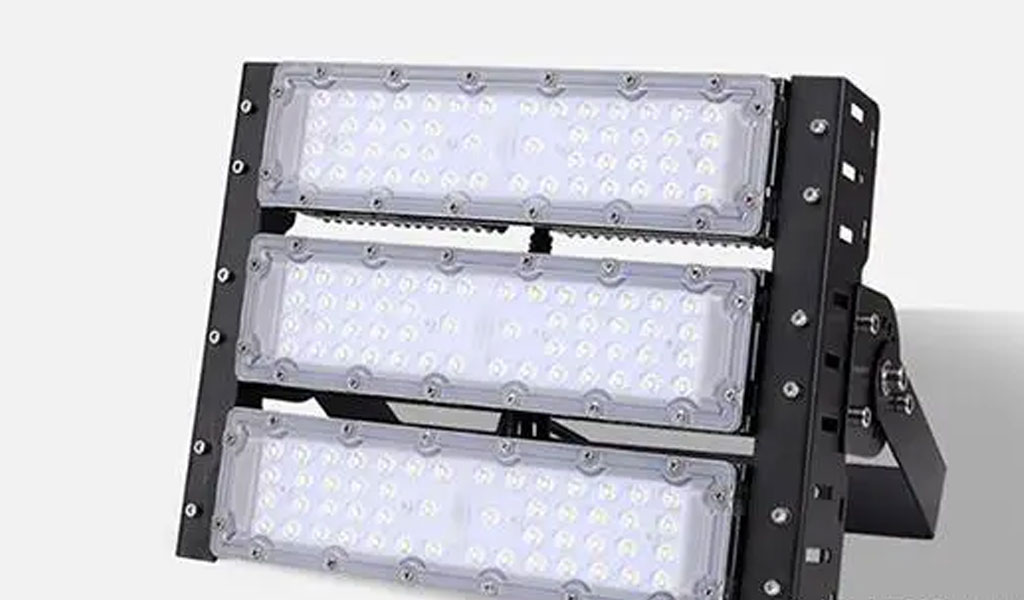The quality of tunnel lights is directly related to traffic safety and energy consumption. Correct quality inspection and acceptance standards play an important role in ensuring the quality of tunnel lights. This article will analyze the quality inspection and acceptance standards of tunnel lights and help you better understand the quality control standards of tunnel lights.
Tunnel lights are indispensable lighting equipment for tunnel traffic. They can not only provide sufficient lighting to ensure the driver’s clear vision, but also balance the visual environment in the tunnel with the outside world and reduce the driver’s fatigue. The quality of tunnel lights is not only related to traffic safety issues, but also directly affects energy consumption efficiency. Therefore, it is very important to test and accept the quality of tunnel lights.
First of all, the quality of the light source of the tunnel light is the key. Qualified tunnel light source should have the characteristics of high light efficiency, high brightness and high reliability. Commonly used light sources include tungsten lamps, fluorescent lamps and LEDs. In the quality inspection of light sources, it should be ensured that the brightness of the light sources meets national standards. In addition, it is also necessary to detect the light decay of the light source and ensure that it maintains stable brightness during its service life.
Secondly, the high temperature resistance of tunnel lights is also an important indicator that needs to be tested. The ambient temperature of the tunnel is high, so the tunnel lights need to have good high temperature resistance to ensure normal operation in high temperature environments. When testing the high temperature resistance of tunnel lights, the inspection should be carried out according to national standards to ensure that the lamps can be used normally in high temperature environments without problems such as light attenuation and filament breakage.
In addition, the protection level of tunnel lights is also an important quality indicator. The environment in which tunnel lights are located is complex and changeable, and is often affected by rain, dust, moisture, etc. Therefore, the protection level of tunnel lights should have certain waterproof, dustproof and moisture-proof capabilities. When testing the protection level of tunnel lights, it should be ensured that the casing of the lamp can effectively isolate moisture and dust from the outside, and can withstand a certain amount of water pressure.
Through the above introduction, we understand the key points of quality inspection and acceptance of tunnel lights. High-quality tunnel lights can not only provide good lighting effects, but also save energy and ensure traffic safety. Therefore, when using tunnel lights, they must be purchased and installed in strict accordance with quality inspection and acceptance standards.


Hi, this is a comment.
To get started with moderating, editing, and deleting comments, please visit the Comments screen in the dashboard.
Commenter avatars come from Gravatar.